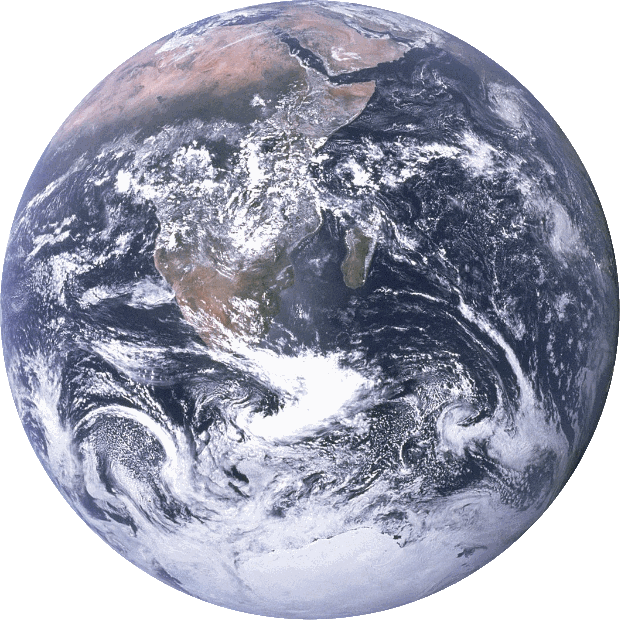DOI: 10.14466/CefasDataHub.90
Inputs of mercury, cadmium and lead via water and air to the Greater North Sea between 1990 and 2014
Description
The data shows the input loads of mercury, cadmium and lead via water and air to the Greater North Sea between 1990 and 2014. The data are separated by input loads from the UK, the OSPAR countries and other countries outside the OSPAR area. The data are presented in two CSV files. One is called datametal inputs indicator assessment and the other in called RIDDataInputHgCdPbIndicatorAssessment. The former provides the yearly input loads of the three contaminants from the UK rivers, the atmospheric deposition from OSPAR and non-OSPAR countries. The later break down the UK specific riverine input loads including the flow rates. The metals mercury, cadmium and lead are known to have significant effects on the health of humans, fish, shellfish and ecosystems as a whole. They are emitted through a range of natural, agricultural and industrial processes and have long been used by humans. These metals are most often transported as, or tightly bound to, fine particles. Mercury can also evaporate and be transported as a gas. Waterborne inputs of Pb, Cd and Hg, are monitored in the OSPAR riverine and atmospheric monitoring programmes. Atmospheric inputs are calculated based on annual emissions reported under European Union (EU) emissions directives and the United Nations (UN) Convention on Long-range Transboundary Air Pollution activities. Metals concentrations are measured in the OSPAR Riverine Inputs and Direct Discharges Monitoring (RID) programme (OSPAR Agreement 2014-04). These measurements are combined with river flow measurements to give the total riverine load. These inputs are then supplemented by national reports of waterborne discharges from industry (OSPAR Agreement 2015-04), which EU Member States also report under the Industrial Emissions Directive (2010/75/EU). All UK specific monitoring is coordinated by defra. Water samples are being collected and analysed in various laboratories around the UK. Atmospheric load data have been produced by EMEP – MSC-E based on national reporting of emissions to the air under the UN ECE Convention on Long-range Transboundary Air Pollution (UNECE 1983). Pb, Cd and Hg emissions are measured weekly at dedicated stations around the UK, OSPAR and non-OSPAR areas. Emissions data are then reported to EMEP. Then the resulting transport and deposition is modelled using atmospheric chemistry and meteorological models, together with estimates of ‘background’ metal emissions due to re-suspension from exposed soils and earth or in the case of Hg, emission from the sea surface. Source apportionment allows the relative contributions of OSPAR countries and ‘natural’ sources, as well as sources outside the OSPAR Maritime Area, to be assessed. EMEP model results are validated against EMEP (often including the OSPAR Comprehensive Atmospheric Monitoring Programme, CAMP) observations of metal deposition. More detailed information about the EMEP MSC-E modelling is available here: https://msc-east.org/.
Contributors
Moxon, Richard
Subject
Policy / Anthropogenic Contamination / Human Impacts / Indicator / Metal and metalloid concentrations / Chemical in the environment
Start Date
01/01/1990
End Date
31/12/2014
Year Published
2019
Version
1
Citation
Moxon, R. (2019). Inputs of mercury, cadmium and lead via water and air to the Greater North Sea between 1990 and 2014 Cefas, UK. V1. doi: https://doi.org/10.14466/CefasDataHub.90
Rights List
DOI
10.14466/CefasDataHub.90


